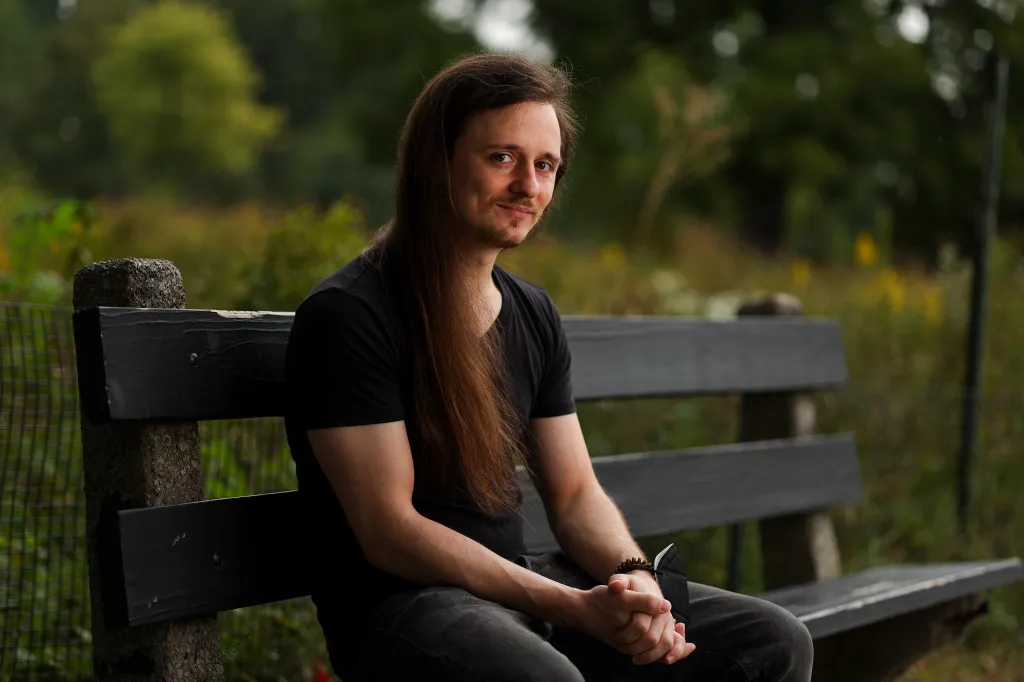
This year, the University of Utah reported a shockingly high number of sexual assaults on campus. Again.
Last year, it was 174, with 150 of those cases reported in a single relationship plagued by a history of coercion and interpersonal violence. The other 24 were reported by multiple victims over the course of 2023.
This year, that number is 146. Of those, 110 were reported, retroactively, as part of a toxic relationship that ended in 2024. Both students have graduated and left the U.
To the unfamiliar, this may look like an indictment of safety protocols, reporting methods, victim advocacy and our very educational mission. But let me explain why that’s not the case.
Each year in the fall, the U, along with other colleges and universities in the country, releases its annual safety report, a detailed accounting of specific crimes reported on campus during the previous year. We’ve been sharing the U’s report came out yesterday this information for more than 30 years with students, faculty and staff, with varying degrees of awareness, understanding and engagement.
In 1990, the Student Right to Know on Campus Security Act was signed into federal law. Eight years later, it was renamed the Clery Act after Jeanne Clery, a 20-year-old student at Lehigh University in Pennsylvania, who was raped and murdered in her dorm room in 1986.
Initially, the Clery Act simply required campus administrators to share information about crime related statistics with students. But over time, the Act has become interwoven with other federal laws, including the Violence Against Women Act, Title IX and Equal Opportunity initiatives meant to support women students while they’re enrolled in college.
Our university crime statistics may appear radically out-of-whack among our peer institutions, but it could be that the high numbers are actually a good thing.
We know that sexual violence is happening at alarming rates among college students across the country. We also know that sexual assault is less likely to be a stranger jumping out of the bushes and more likely to be something that happens between people who know each other. And in many abusive relationships, sexual violence is a part of the abuse as a whole.
By one critical measure, our university is unique: Our students are coming forward to ask for help in navigating these experiences. And when one student reports this behavior, it makes it OK for another to do the same. That’s a very good thing.
Numbers reported means that students feel comfortable coming forward and saying, “This is happening to me. I need help.”
All that said, there is still much to be done to refine our work to reduce violence on college campuses and in relationships between young people. In particular, we must spend more time intervening with those likely to engage in harmful behavior, rather than solely focusing our efforts on those who are likely to be harmed.
Many campuses have begun to implement respondent services programs which provide education and interventions for people who have engaged in moderately harmful behaviors. This education frequently focuses on nuanced understandings of consent, including nonconsensual touching and sharing nude photos. These seemingly small changes can prevent escalated harm, such as sexual assault, in the future. A recent research project, which I led, illustrates the formal and informal interventions respondent services professionals are exploring, including: Science-based Treatment, Accountability, and Risk Reduction for Sexual Assault (STARRSA), a formal psychosocial education program; reflections on socialization and values; perspective-taking activities; and an exploration of previous trauma.
Finally, we know that many people who engage in harmful sexual behavior are survivors of violence themselves. Building a robust culture of healing and accountability, which is what many victims want — even for those who cause harm — may ultimately result in a reduction of violence.
Chris Linder is a special advisor on interpersonal violence to University of Utah President Taylor Randall, former director of the McCluskey Center for Violence Prevention, and a scholar in campus violence prevention. She is the author of “Sexual Violence on Campus: Power-Conscious Approaches to Awareness, Prevention, and Response,” which explores the context of interpersonal violence on college campuses.



